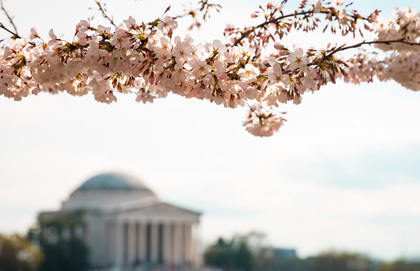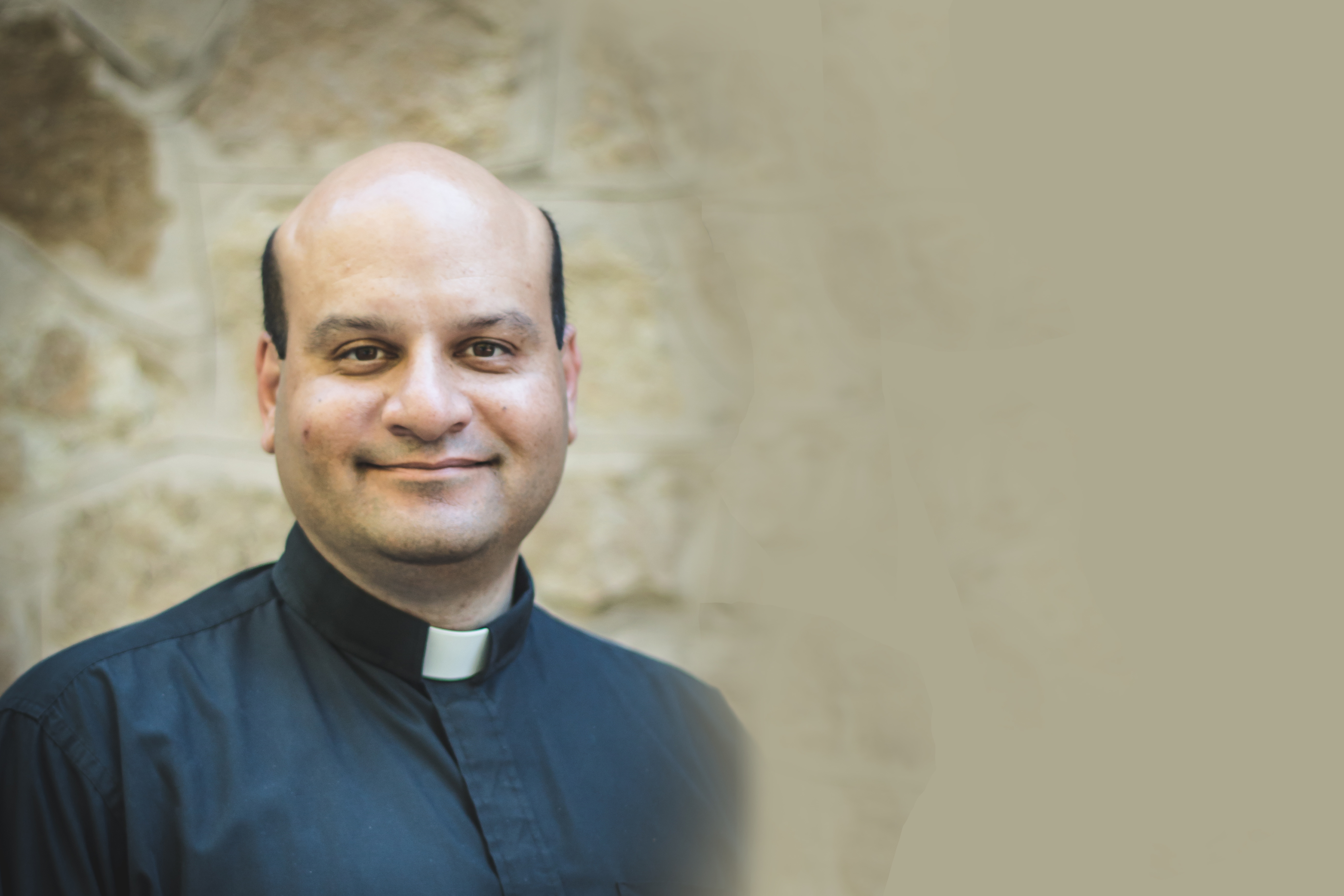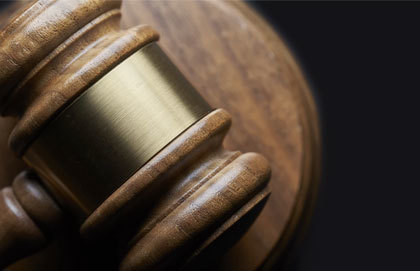The ugliness and violence by racists in Charlottesville over the weekend brought to the fore an issue that is relevant also in Canada. How do we think about the honours given to historic figures, in the light of changed attitudes today?
On Tuesday, President Donald Trump, who never pours oil upon the waters if there is a fire to which he might bring gasoline, increased the rhetorical temperature by asking what ought to be done about the monuments for George Washington and Thomas Jefferson.
If the issue at hand in Charlottesville was the city council’s decision to remove the statue of Confederate general Robert E. Lee from a city park, what would that mean for Washington and Jefferson, Trump asked?
One answer is to be found in Trump’s own Washington, D.C. Not far from his Trump International hotel is the new National Museum of African-American History and Culture, opened last year and situated on the National Mall. The design offers windows through which the nearby Washington Monument is especially framed. The Washington Monument is built along an axis that intersects the Mall, and on that axis lie both the White House and the Jefferson Memorial.
The new black history museum has to take all this into account. On the bottom floor of the museum – it is constructed to symbolize the ascent out of slavery – the figure of Thomas Jefferson dominates one gallery. There is a greater than life size statue, quite handsomely executed, of the statesman and scholar, but here the emphasis is that he was a slave owner. Jefferson stands in front of a wall of bricks upon which are written the names of the slaves he owned.
How Jefferson is remembered in Washington gives us some indication of how historic figures can be treated. The Jefferson Memorial celebrates the author of the Declaration of Independence and America’s third president. It does not deal with his slaveholding, and his refusal to extend the liberty he celebrated to his own black slaves.
The new black history museum corrects or, perhaps better to say completes, that picture. It is not incorrect to celebrate Jefferson as a great statesman; but it is incomplete to leave it only at that. Many historic lives are broad ones, as they know well about Jefferson in Charlottesville, home to the University of Virginia, the founding of which Jefferson considered a greater accomplishment than being president. How should the University of Virginia, in the aftermath of the Charlottesville violence, regard its founder?
History, as the old line puts it, is never only history. It is always about the present too. We bring present concerns and values to how we see history. How we treat history reflects not only what happened then but how we think about ourselves now.
Consider the recent decision by Prime Minister Justin Trudeau to strip the name of Hector-Louis Langevin from the Langevin Block, which houses the prime minister’s office. It was done after aboriginal leaders took the view that Langevin, as the “architect” of the residential schools system, was unsuitable for such an honour.
The CBC now reports that it is a little more complicated than that. Internal government documents cast doubt on Langevin’s role. The CBC quotes a briefing memo to the public services minister, Judy Foote:
“Various histories and academic articles written on residential schools make no mention of his role or impact in the development or execution of the residential schools policy.
“Moreover, during the 1885 Northwest Rebellion and the subsequent trial of Louis Riel, he attempted to intercede with the prime minister for Riel's clemency and the commutation of his sentence.”
The memo, signed by deputy minister Marie Lemay, was triggered after National Chief Perry Bellegarde of the Assembly of First Nations wrote to Foote asking that the Langevin Block, the building at 80 Wellington St. in downtown Ottawa that houses the Prime Minister's Office, be renamed.
The CBC report goes on to speculate that Langevin – a figure little remembered today – is “taking the fall” for Canada’s first prime minister, Sir John A. Macdonald. Perhaps. I confess that I don’t know that history very well.
Which is rather the point, I suggest. The answer to incorrect, or incomplete, history is better history, not less history.
Is it always wrong to remove a statue, or change a name, in light of changing public opinion? No. That would be to say that the judgement of the original decision holds a veto over today, just as summary removal would give the veto to today’s decision makers. The better path – and perhaps less fractious – is to allow more voices to be reflected in those public spaces.
I remember visiting Krakow, where a suburb that had a great avenue dominated by a statue of Lenin had been renamed Ronald Reagan Square. Lenin’s statue came down and the bordering streets were renamed in honour of Solidarity and Pope John Paul II. I remember visiting a Churchill monument in the company of an Australian friend, who explained that due to Gallipoli, Churchill was not as celebrated a figure in the Antipodes. I remember looking upon Boer War memorials in England with a South African friend who had a rather different view of how that war ought to be remembered.
I write these lines in Hamilton, just steps away from the Ellen Fairclough Building, named in honour of Canada’s first female cabinet minister. Holding the immigration portfolio under John Diefenbaker, Fairclough is best known for removing the racial criteria from Canada’s immigration policy. She is celebrated for that. But would that mean that her predecessors who maintained that policy – for example, the oft-feted Jack Pickersgill – should be comparatively maligned?
In Charlottesville, the lethal violence and racism brought by defenders of the Lee statue now change how that statue is seen. That, too, has to be taken into account. The statue now means something that it did not mean before. It may well be that the council was originally mistaken in deciding to remove the statue, but would be correct to remove it now. That’s fair.
The Charlottesville campus of UVA, by the way, has recreational grounds called “Nameless Field”. No doubt some might think the best way out of the historic honouring problem. But the better path would likely be to include more names in what we remember and honour, not fewer.
Convivium means living together. We welcome your voice to the conversation. Do you know someone who would enjoy this article? Send it to them now. Do you have a response to something we've published? Let us know!






